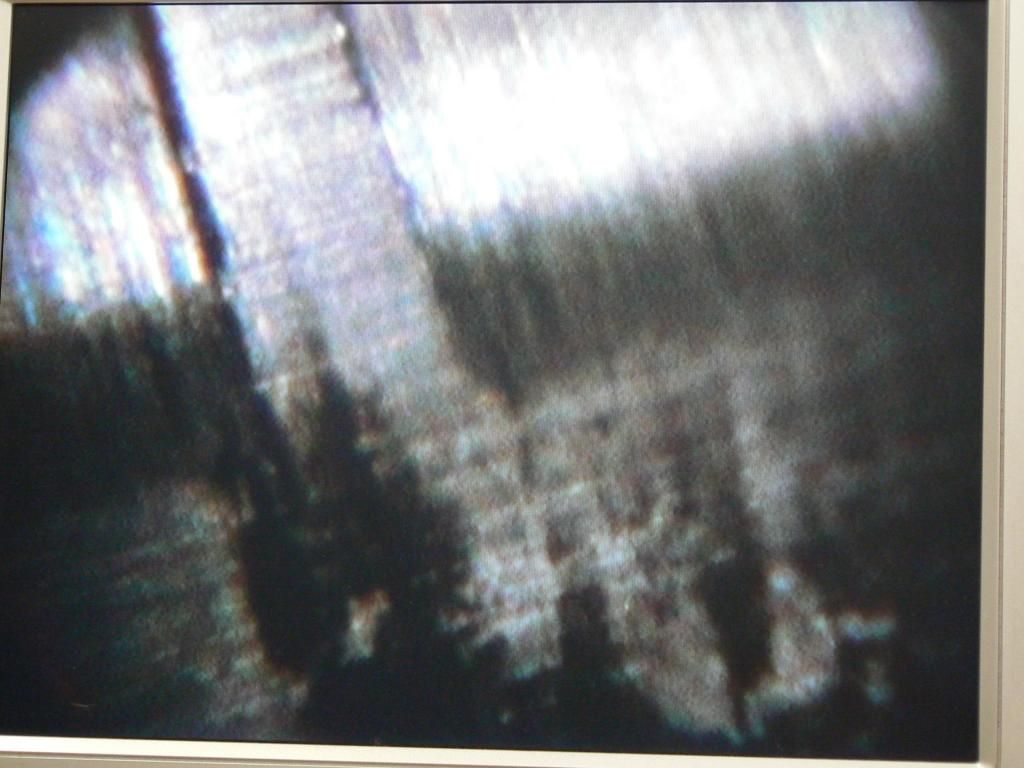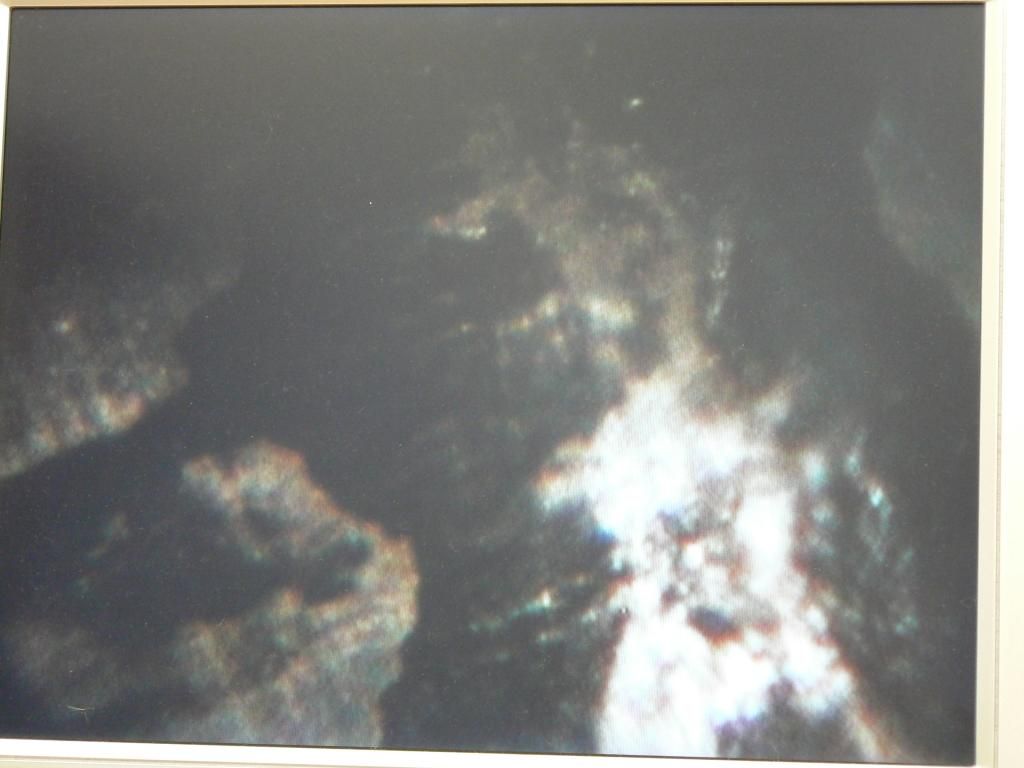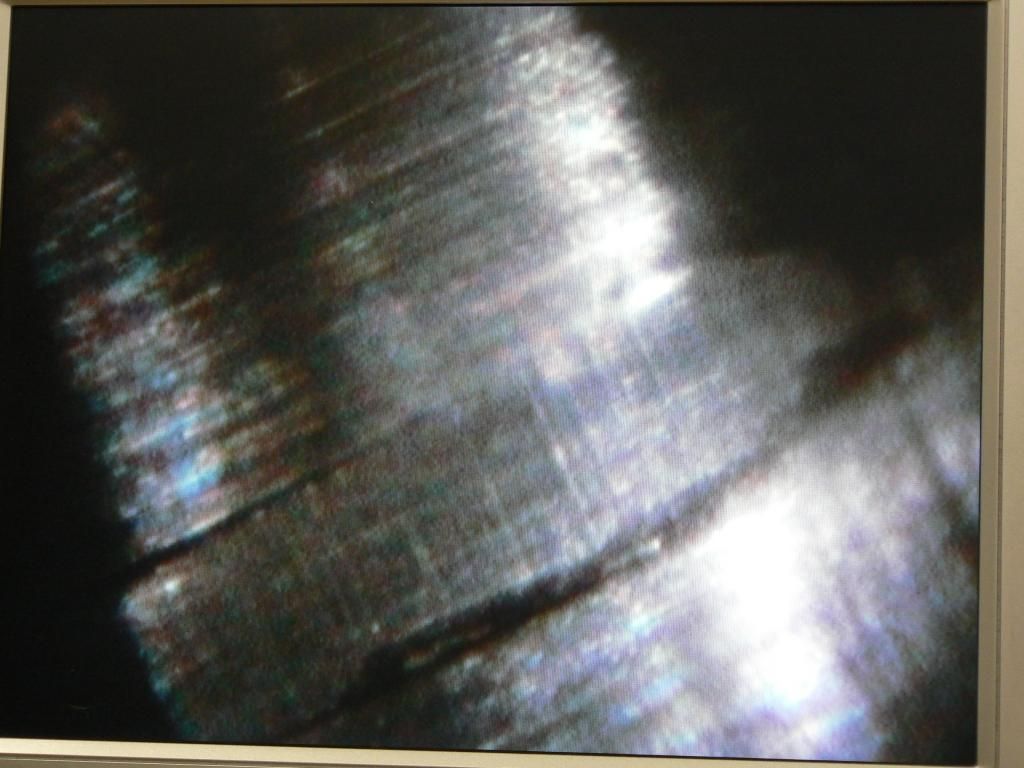My "accuracy requirement" is max required. You can't treat a rimfire like a centerfire. I know that there are a few rimfire benchresters who clean often, and yes, that is barrel dependent. I have always found that accuracy goes wild: 1) after switching ammo brands, and 2) after cleaning with solvent. Bill Calfee talks about building up and then breaking down the carbon ring. He says you need a certain amount of a carbon ring for max accuracy, but when it builds too much, accuracy falls off. That doesn't really explain the difference in accuracy when moving to another brand of ammo. I think it is all about the lube.
Not to dodge your original question about accuracy requirement, the X-ring on an A-51 target is 0.161" and the 10-ring is .356" this is shot at 50 yards, so yeah, I need a rifle that groups tight. At 100 yards, I have a 1.025" 10-ring. As big as that sounds, it is extremely difficult to clean that target. Hopefully, I will fare better this weekend, as I have an 800 point match. But trust me, I don't avoid cleaning because I hate accuracy.




